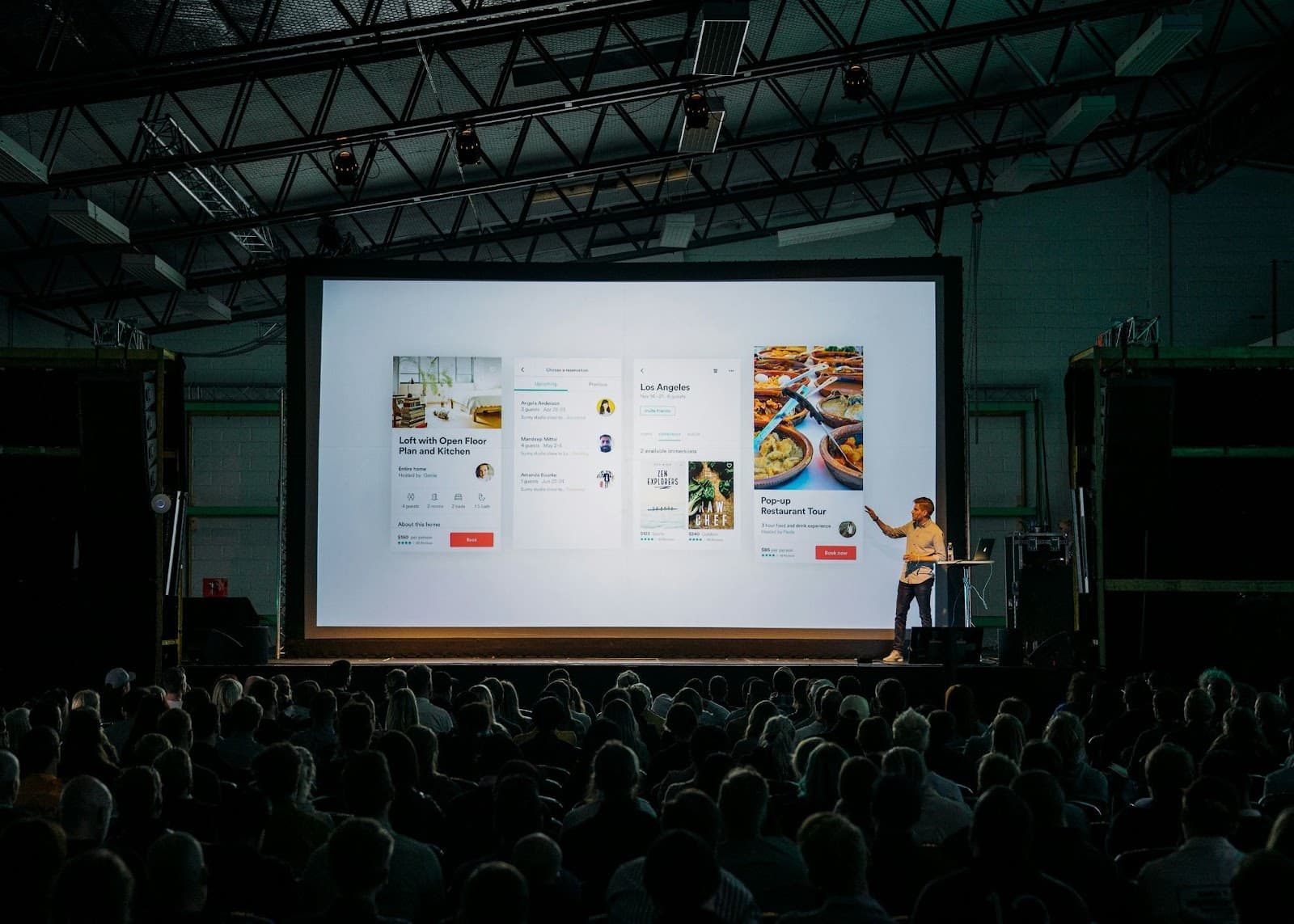Large enterprises today are constantly searching for new opportunities for their productivity and efficiency enhancement. One of the most important areas for improvement is the control of the people who enter the corporate premises. By now, visitor management has evolved from plain logbooks to intricate and complex systems with AI and ML mechanisms that can upgrade and streamline all the procedures and bolster protection.
Today all firms strive to ensure better security for their visitor control systems. One area that has seen significant transformation is the management of visitors entering corporate premises. Visitor management has evolved from simple logbooks to sophisticated AI-powered systems that streamline operations and bolster security measures.
The Transformation Through the Years
The typical visitor control systems were managed manually, which often involved paper journals and logs, where visitors were able to write their names after they had arrived. This methodology was not efficient enough, and also could lead to potential security breaches because of incomprehensible inscription, incorrectly written information and the impossibility to verify the identity of the person in real-time. When a protection threat or any kind of emergency arises, firms were not always able to promptly respond, while there was limited accessibility to visitor data.
When companies became larger and the volumes of people they manage increased, the restrictions that the manual systems pose became more and more conspicuous. With the adaptation of electro sign-ins that helped digitize the procedures and succeeded in offering profound data storage and the abilities of data retrieving. Thanks to these systems, the quicker access to visitor information became apparent, which reduced the space needed for the paper logs. Nevertheless, they still needed the human specialists who entered the data manually. Besides, these systems did not integrate with other security systems.
The paradigm was fully shifted after the introduction of AI. This highlighted the beginning of a new era, with a revolutionary approach to handling registration, ID verifying, and access control. This evolution aligned with the better digital transformation strategies that lots of firms decide to adopt for the sake of higher competitiveness and security in a digital interconnected reality.
New Tech Trends at the Helm
Undoubtedly, AI offers a variety of new abilities that help improve visitor management procedures. For instance, with facial recognition, you can substantially improve the identification and authentication of the visitors in real-time.
Visitors can be swiftly processed, minimizing wait times and improving overall guest experience. ML can enable the systems to study data patterns and make better informed decisions. Regarding visitor control, a proper ML algorithm analyzes historical data in order to foretell peak usage time, optimize staff level, and predict protection needs. This active approach lets forms devote their resources to the relevant sectors that need attention and tailor services in order to meet user expectations.
Besides, these systems can be smoothly integrated into existing enterprise-level software, which guarantees that people who visit the premises can be automatically matched with their hosts and receive any information they need at the time, and get the access, which is appropriate for their personal level. Thanks to such an approach, firms can curtail unauthorized access through the real-time cross-referencing with security watchlists. What is more, you can also configure the automated alert system to inform your employees, when there is an emergency or abnormal system malfunction.
Besides, when you automate the documentation procedures, firms can guarantee that they consistently meet all important requirements, be they legal, corporate, or regulatory. For instance, it may include health and safety measures, signing NDAs and other confidentiality documents, which you can subsequently store and easily retrieve whenever needed.

Overcoming Obstacles
Although this solution boasts of manifold advantages, it has some challenges as well. First of all, there are privacy concerns with the user data, especially when biometric data comes into play. When you use facial images, retina scans, or fingerprints, you should collect and store such sensitive data responsibly. Study the relevant laws and standards of ethics to ensure adherence to privacy laws. Secondly, firms should do their best to create a smooth workflow that allows obtaining explicit consent from their guests that they agree with the privacy policy. Besides, you should always leave an option for those guests who are not ready to share their confidential data.
One more essential factor is pricing. Although initially investments in AI may be substantial and encompass hardware procurement, software licensing, and potential infrastructure upgrading. Nevertheless, firms should weigh this pricing against the long-term advantages, such as reduced expenses for operations, less human workforce required, enhanced security outcomes, and upgraded visitor experiences that could potentially lead to more business possibilities.
We should also not overlook potential tech challenges, which include system compatibility with current enterprise solutions, scalability to accommodate future growth and expansion, and needed ongoing care and maintenance activities. Some workers may also have prejudices about the dangers of new tech trends, which may forestall the tech evolution. To address all these issues, work on the education and training programs, invest in continuous vocational development of the personnel so that they would understand all the advantages of the emerging technologies.
